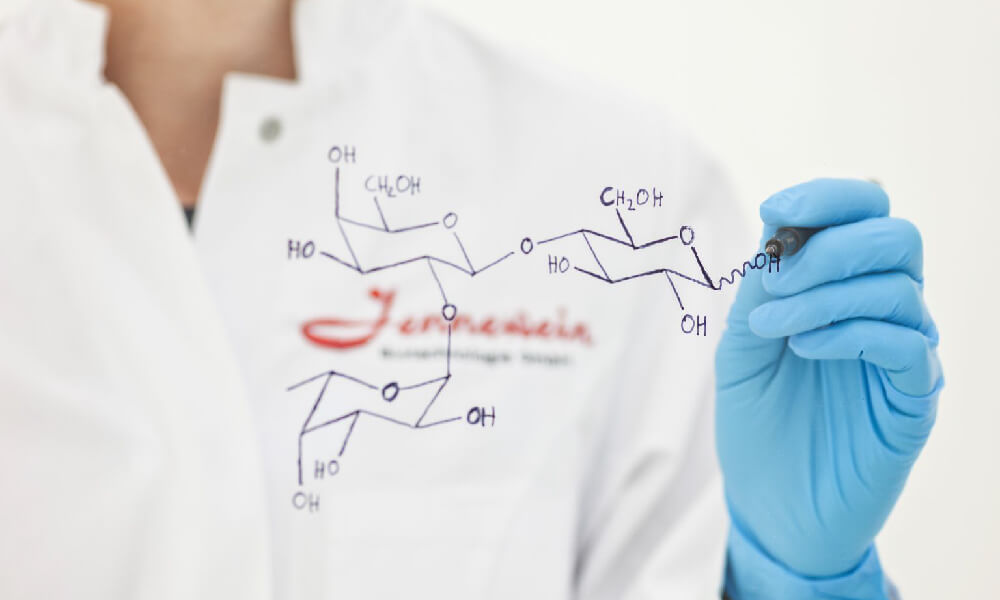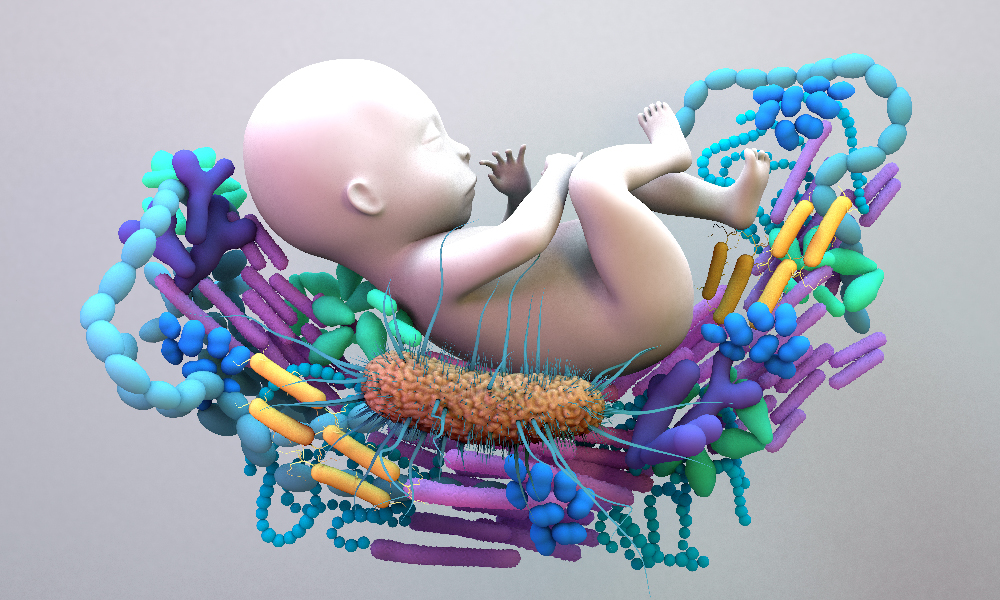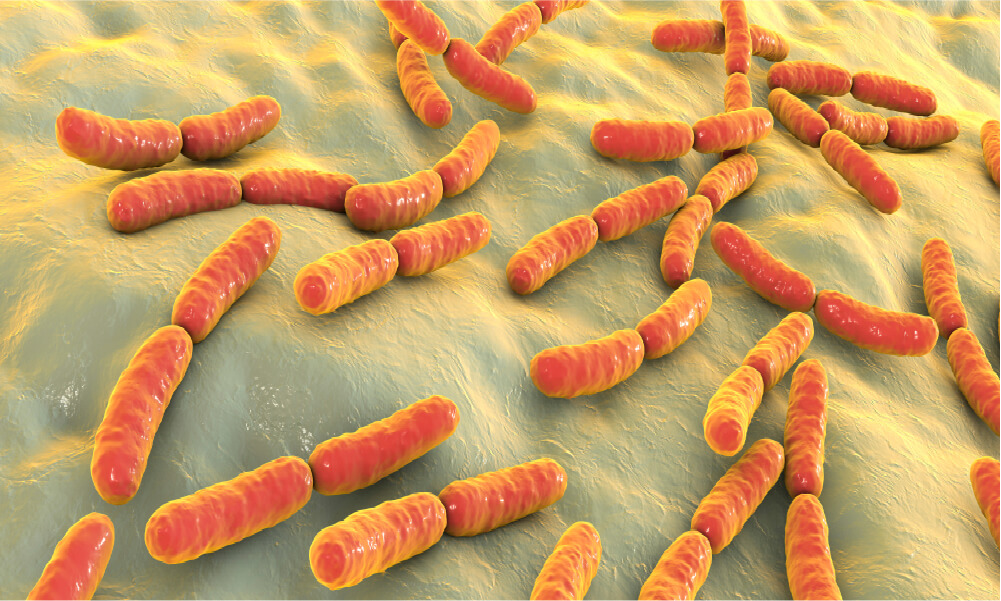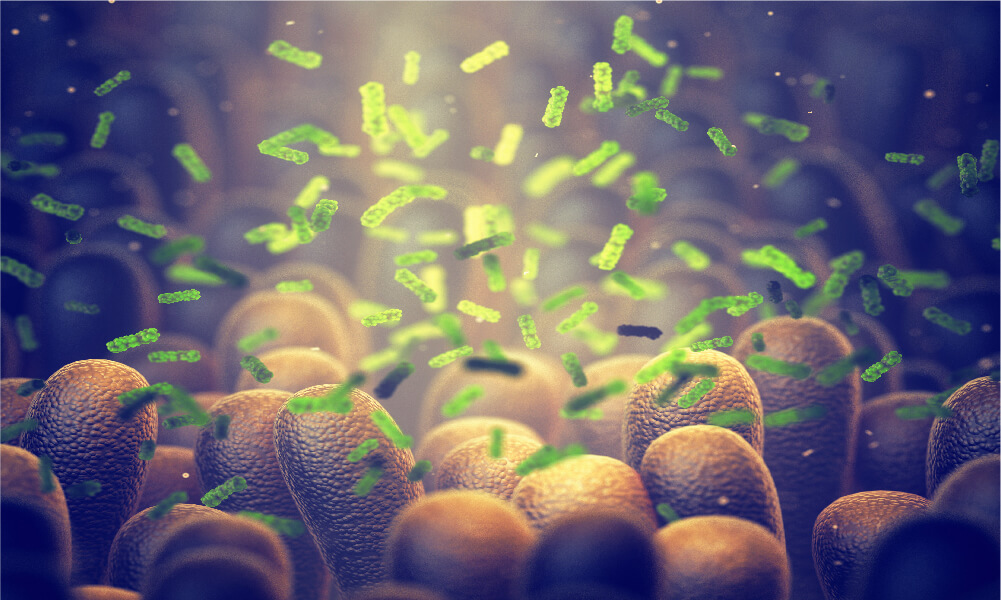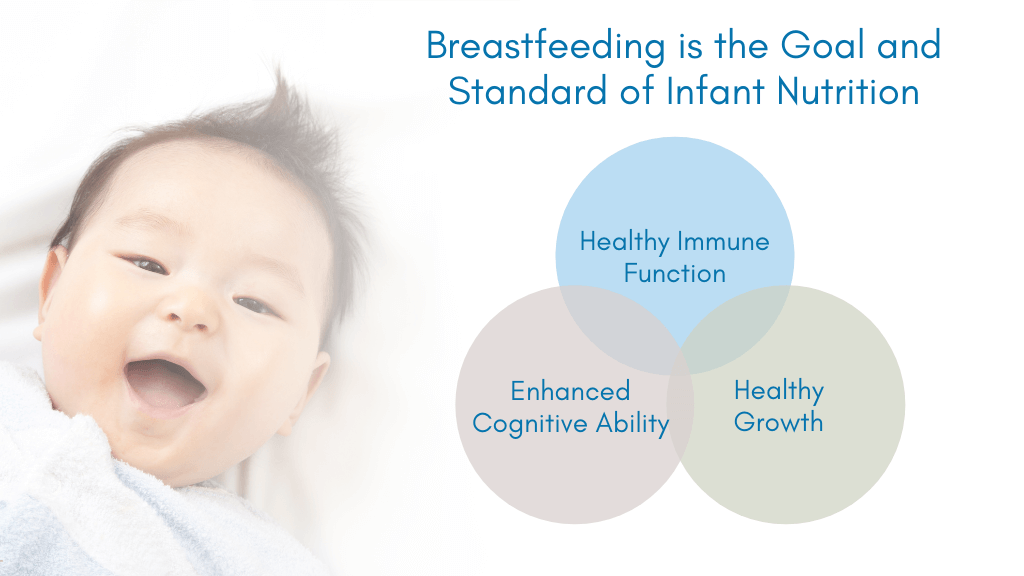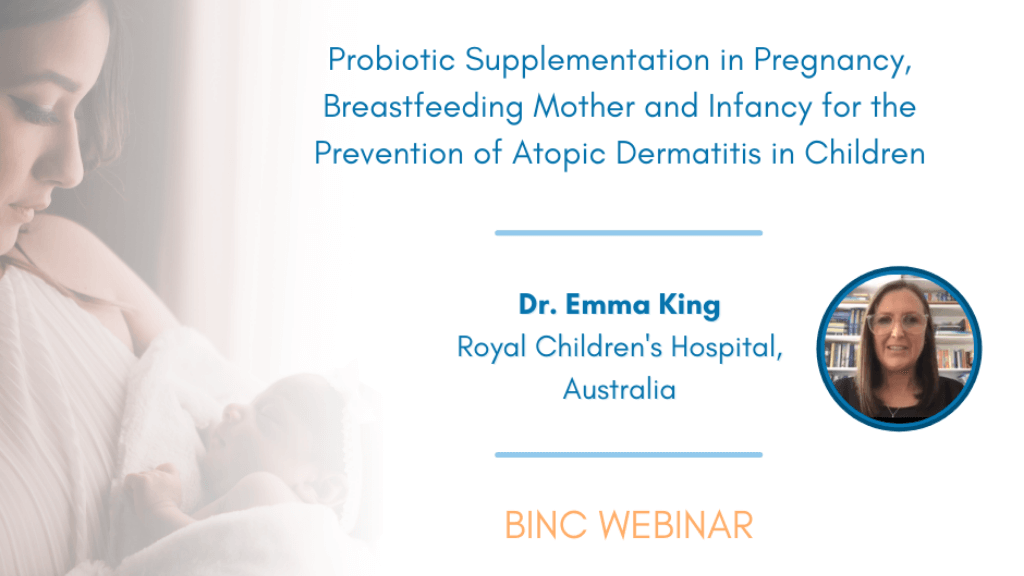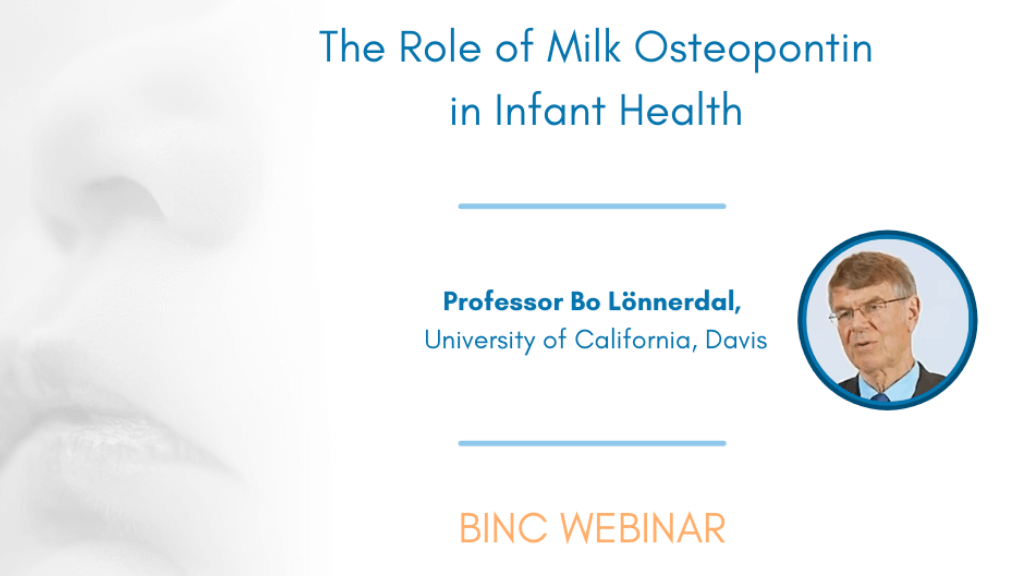- Prebiotics ARE SUBSTRATES SELECTIVELY USED BY MICRO-ORGANISMS OF THE HOST CONFERRING BENEFITS FOR HIS HEALTH. (Isapp 2017)
Centuries ago, Hippocrates stated that “All diseases begin in the gut”. The statement from the father of the modern medicine has stood the test of time and has proven to largely insightful. An increasing number of chronic non-communicable disorders affecting various bodily systems are linked to disturbances in the gut microbiome and originate early on in life. Along with genetic and environmental factors, diet is recognized as a key factor in shaping the composition and the function of the gut microbiome. Prebiotics are dietary fibers that can significantly influence the development of the gut microbiota
Gut microbiota is increasingly recognized as an important factor influencing immune function, in fact about 70 percent of the immune system is housed in the gut due to the interaction of gut microbiota with the gut epithelium. Owing to its presence in large number (almost more than 10 times the number of cells in human body) and its genetic coding material (the microbiome, which is 150 times larger than the human genome), the gut microbiota is thought to have a profound effect on human metabolism and immune system development.
Diet is increasingly recognized as a key environmental factor that can modulate the composition and metabolic function of the gut microbiota. The beneficial biological effect of diet on the microbiome is attributed to its prebiotic components. From the early life, in human breast milk the prebiotic components are linked to the carbohydrate fraction of the milk and referred to as Human Milk Oligosaccharides (HMOs). Their complex structure is based on lactose to which monosaccharides like fucose, N-acetylglucosamine and/or sialic acid are attached at specific linkage points. HMOs are the third most abundant solid component of human breast milk after lactose and fat and in the amount exceeds protein.
As prebiotics, HMOs have been shown to selectively stimulate the growth of bifidobacterial and lactobacilli. Beyond their role as prebiotics, HMOs also have direct effects on immune cells, block the routes of infections, provide building blocks for the brain, and stimulate intestine barrier functions.
With the knowledge that bovine milk is almost completely devoid of milk oligosaccharides, recent biotechnical advances have made it possible to produce some synthetic milk oligosaccharides in large quantities. In the last decades, different preparations like galacto-oligosaccharides (GOS), fructo-oligosaccharides (FOS) and inulin have been widely studied and used in infant formula and toddler milk drink. Because of their stability, low risk of adverse effects, ease of administration, and potential for influencing the composition and function of the microbiota in the gut and beyond, the clinical application of prebiotics are expanding. Clinical research on GOS and FOS showed benefits linked to modulation of the gut microbiota and the immune system, reduce incidence of infections, and stool softening.
In addition to the prebiotic based on GOS and FOS, infant formula and toddler milk drink have recently been supplemented with specific technically derived HMOs structures like 2’ Fucosyllactose and lacto-N-neo-tetraose. The technology used for obtaining these is the coupling of bacterial homogenates or the utilization of E. coli as a microbial cell factory.
Recent studies have suggested that mechanism through which prebiotics confers benefits to the host are mediated by microbial metabolic produces, like short chain fatty acids (SCFA), the promotion of ion and trace element absorption, such as calcium, iron, magnesium, and the regulation of the immune system, increasing IgA production and modulating cytokine production.
According to the systematic review by the European Society of Pediatric Gastroenterology, Hepatology and Nutrition (ESPGHAN) Committee on Nutrition published in the year 2011, the most commonly studied prebiotics was a 9:1 mixture of short-chain GOS (scGOS) and long-chain FOS (lcFOS) as the predominant short chain to mimic the composition found in human milk. Other prebiotics studied were GOS, acidic oligosaccharides (AOS), GOS/FOS/AOS, oligofructose plus inulin, and polydextrose plus GOS (with or without lactulose). Doses of various prebiotics in different studies ranged from 0.15 to 0.8 g/100mL with a variable duration of intervention from 2 weeks to 6 months.
Due to the limited numbers and heterogeneity of the various studies reviewed by the working group, it was difficult to draw any robust conclusions based on these results. However, the potential beneficial effects of prebiotics were recognized, these effects included improvement in gut immunity, reduction in some atopic conditions and alleviation of recurrent infections and inflammation.
- Miqdady,M., Mistarihi, J.A., Azaz, A., Rawart, D. (2020). Prebiotics in the Infant Microbiome: The Past, Present and Future. Pediatr Gastroenterol Hepatol Nutr. 23(1):1-14. https://doi.org/10.5223/pghn.2020.23.1.1.
- Salminen, S., Stahl, B., Vinderola, G., Szajewska, H. (2020). Infant formula supplemented with biotics: current knowledge and future perspective. Nutrients, 12, 1952 doi:10.3390/nu12071952.
- Cerdo,T., Garcia-Santos, J. M., Bermudez, M.G., Campoy, C. (2019). The role of probiotics and prebiotics in the prevention and treatment of obesity. Nutrients, 11, 635 doi:10.3390/nu11030635.

Are you a Healthcare Professional?
Important Notice and Declaration
Breast milk is best for babies. Professional advice should be followed before using an infant formula. Introducing partial bottle feeding could negatively affect breast feeding. Good maternal nutrition is important for breast feeding and reversing a decision not to breast feed may be difficult. Infant formula should always be used as directed. Proper use of an infant formula is important to the health of the infant. Social and financial implications should be considered when selecting a method of feeding.
The information provided on this website is intended for use by healthcare professionals only. It is a condition of use of this site that you are a healthcare professional within the meaning of regulations within your country of practice. Then denoting below Yes I am/No icons. For Healthcare Professionals based in Australia : It is a condition of use of this site that you are a healthcare professional within the meaning of the Marketing in Australia of Infant Formulas (MAIF) Agreement or the Therapeutic Goods Act.







